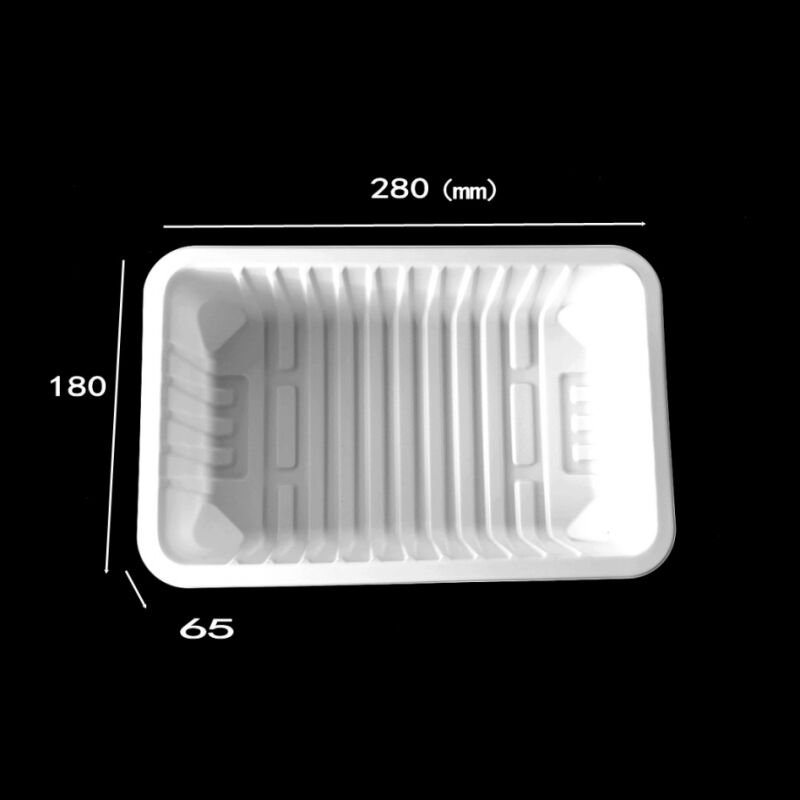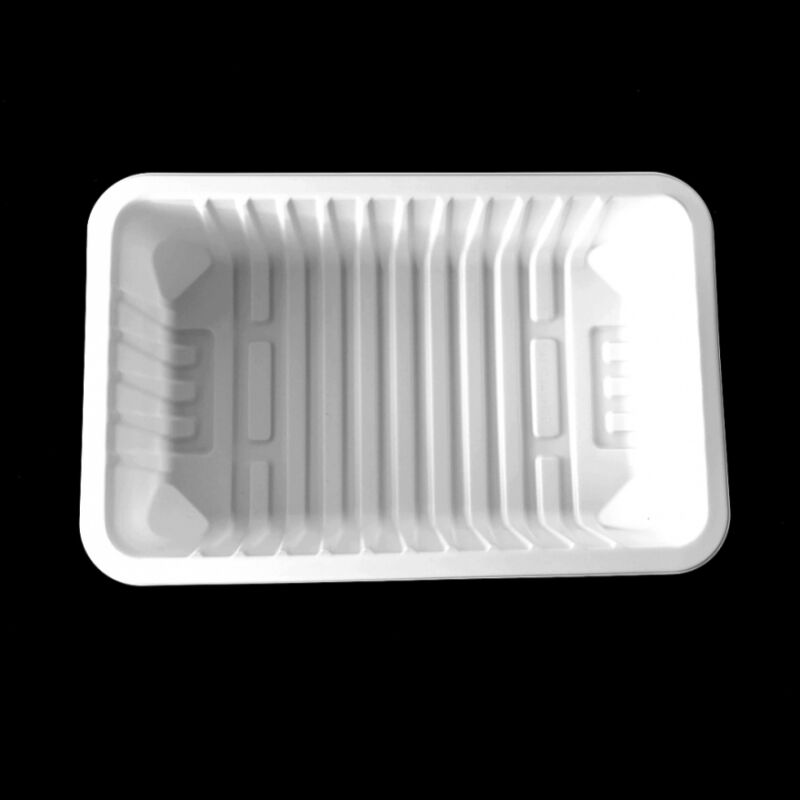pp tray price
PP tray pricing encompasses a comprehensive range of factors that influence the cost of polypropylene packaging solutions. These versatile containers, known for their durability and cost-effectiveness, are essential components in various industries including food service, medical packaging, and retail display. The pricing structure typically reflects the quality of materials used, manufacturing processes employed, and order volumes. Modern PP trays feature advanced characteristics such as temperature resistance ranging from -20°C to 120°C, excellent chemical resistance, and superior impact strength. The market offers diverse options, from basic single-compartment designs to sophisticated multi-section configurations, with prices varying accordingly. Manufacturers consider factors such as material thickness, surface finish quality, and specialized treatments like anti-static properties when determining costs. The production process involves state-of-the-art thermoforming technology, ensuring consistent quality while maintaining competitive pricing. Environmental considerations also play a role, as PP trays are recyclable and contribute to sustainable packaging solutions, which can affect pricing strategies. With increasing demand for food delivery and takeaway services, manufacturers are optimizing production processes to offer competitive prices while maintaining high-quality standards.


